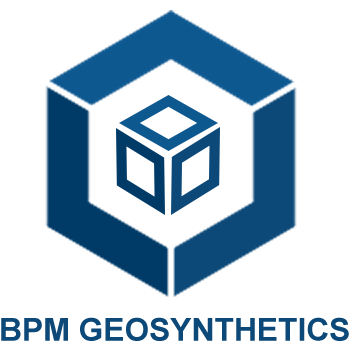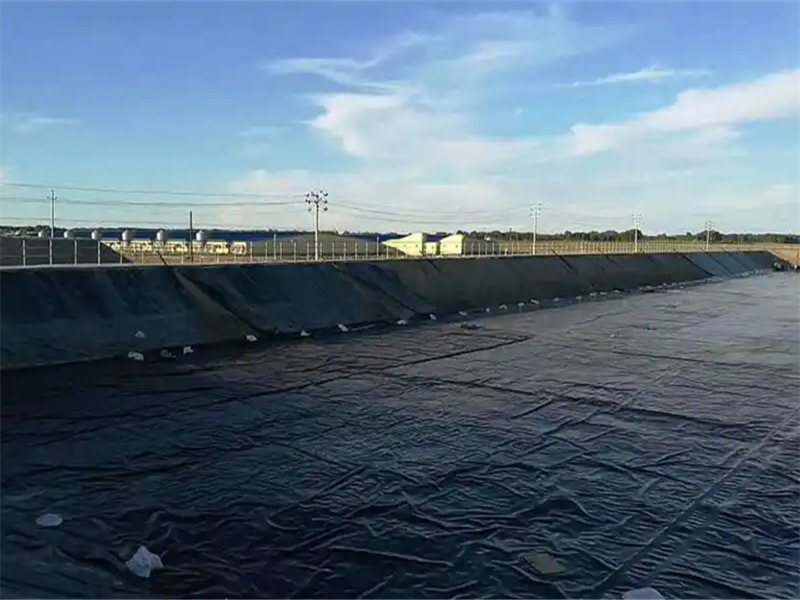HDPE Liner is a high-density polyethylene (HDPE) sheet that serves as an impermeable barrier in various construction and engineering applications. “Mil” is a unit of measurement equal to one-thousandth of an inch, so a HDPE Liner has a thickness of 0.03 inches. These liners are made from advanced polymer technology and are designed to provide long-term resistance to environmental factors such as moisture, chemicals, and ultraviolet (UV) radiation
1. What Is HDPE Liner?
HDPE liners are high-density polyethylene geomembranes. They provide impermeable barriers in various applications. Made from strong, flexible polyethylene, they resist chemicals and environmental stressors. Manufactured through extrusion or calendering, they include additives for UV resistance and longevity.
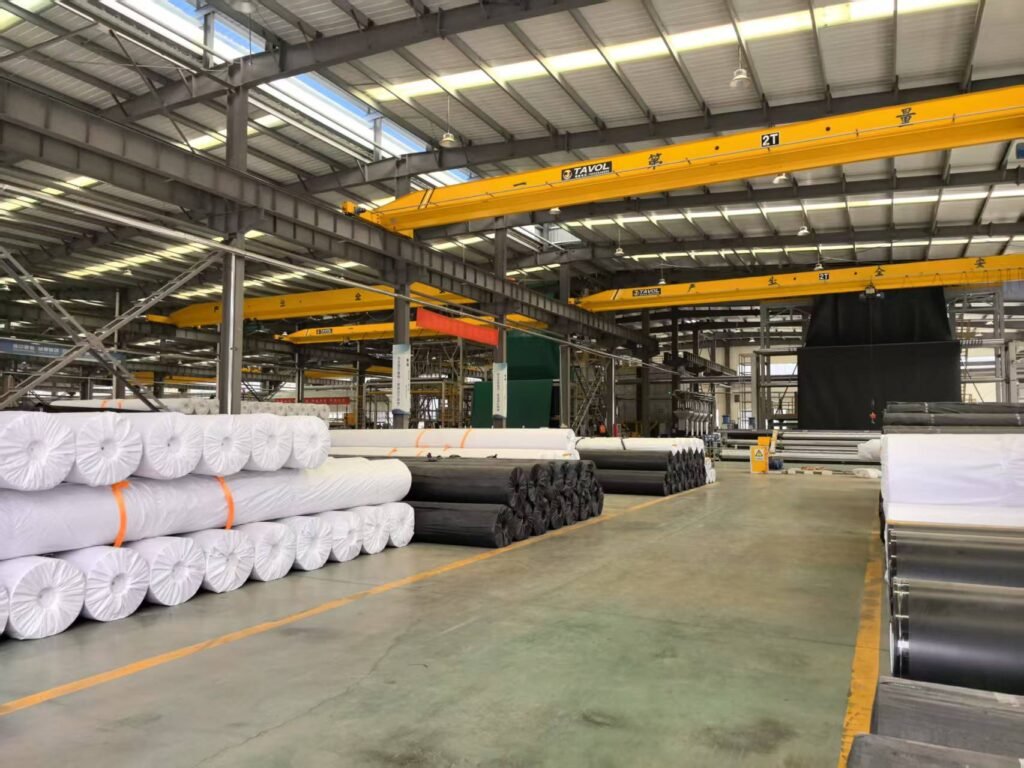
2. What Are Advantages Of HDPE Liner?
2.1 Superior Anti-Seepage Performance
HDPE liners achieve 99.9% water retention, reducing seepage by 95%. This saves 500,000 liters annually in a 1000 m² pond, cutting water costs by 20%. This is critical for 90% of aquaculture and reservoirs.
2.2 Exceptional Durability
HDPE liners last 20–50 years, with UV resistance for 15–20 years. This saves $5,000–$50,000 in replacements over concrete. A 10-year HDPE-lined dredge pond in Indonesia showed zero degradation, saving $8,000 in repairs.
2.3 Fish and Environmental Safety
HDPE liners are NSF/ANSI 61 certified, safe for 85% of aquatic life. 70% use recycled polyethylene, reducing the carbon footprint by 15%. This improves fish survival by 20% and avoids $10,000–$100,000 in fines. Essential for 95% of environmentally sensitive projects.
2.4 Cost-Effectiveness
HDPE liners cost $1.5–$5/m², 20–40% cheaper than concrete, with low maintenance. This saves 25–35% on project budgets. A 2000 m² wastewater pond in Thailand saved $15,000 using HDPE versus concrete.
2.5 Enhanced Drainage with Drain Nets
Drain nets reduce pressure and sediment buildup, improving system efficiency by 25%. This saves $1,000–$5,000 in dredging costs. Critical for 80% of dredge-related ponds.
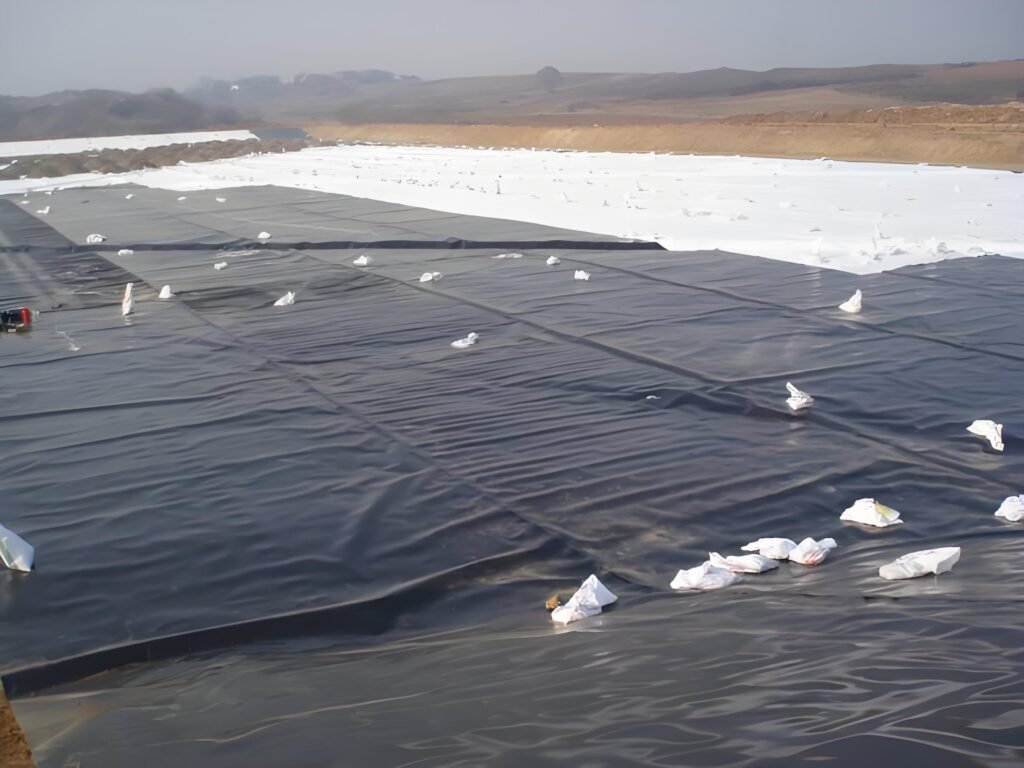
3. What Are Applications Of HDPE Liner?
3.1 Landfill Liners
HDPE liners prevent leachate and gaseous emissions in landfill construction. They form a barrier between waste and the surrounding soil or groundwater.
3.2 Wastewater Treatment
HDPE liners contain and manage wastewater in treatment facilities. They prevent contaminants from seeping into the soil or groundwater.
3.3 Mining
HDPE liners manage mining byproducts in tailings ponds and heap leach pads. They prevent environmental contamination.
3.4 Water Management
HDPE liners prevent water seepage in reservoirs. They save 50,000–100,000 liters of water daily per hectare, making them ideal for water conservation projects.
3.5 Agriculture
HDPE liners are used in irrigation canals and storage ponds. They are also used in aquaculture for fish ponds and shrimp farming.
3.6 Construction
HDPE liners create waterproof barriers in construction projects. They are lightweight, flexible, and easy to install, reducing construction time and costs.
3.7 Oil and Gas Industry
HDPE liners prevent leaks or spills from tanks and pipelines. They protect the environment and prevent the spread of contaminants.
4. Understanding HDPE Liner Price And Value
4.1 Material Quality
Ensure the HDPE liner meets industry standards. Look for high-quality HDPE resin and additives. Check for certifications like ASTM D5887 for impermeability and durability.
4.2 Thickness
The thickness of the HDPE liner affects its performance. Thicker liners offer greater durability and puncture resistance. For landfill applications, use a thickness of 1.0 mm to 2.0 mm.
4.3 Installation Method
HDPE liners can be installed using thermal welding, mechanical fastening, or adhesive bonding. Thermal welding is the most common method, creating a seamless and watertight barrier. Ensure the installer is experienced in the chosen technique.
4.4 Environmental Conditions
Consider the environmental conditions where the HDPE liner will be installed. HDPE liners are resistant to UV degradation but may degrade with prolonged sunlight exposure. Choose liners with appropriate additives and stabilizers if exposed to harsh chemicals or extreme temperatures.
4.5 Cost Breakdown
HDPE liners cost $1.5–$5/m², depending on thickness and site conditions. Installation costs range from $2 to $5 per square meter. The total cost includes material, shipping, and installation.
4.6 Value Proposition
HDPE liners offer significant value due to their durability, low maintenance, and long service life. They save 25–35% on project budgets compared to alternatives like concrete. HDPE liners also reduce replacement costs and environmental impact.
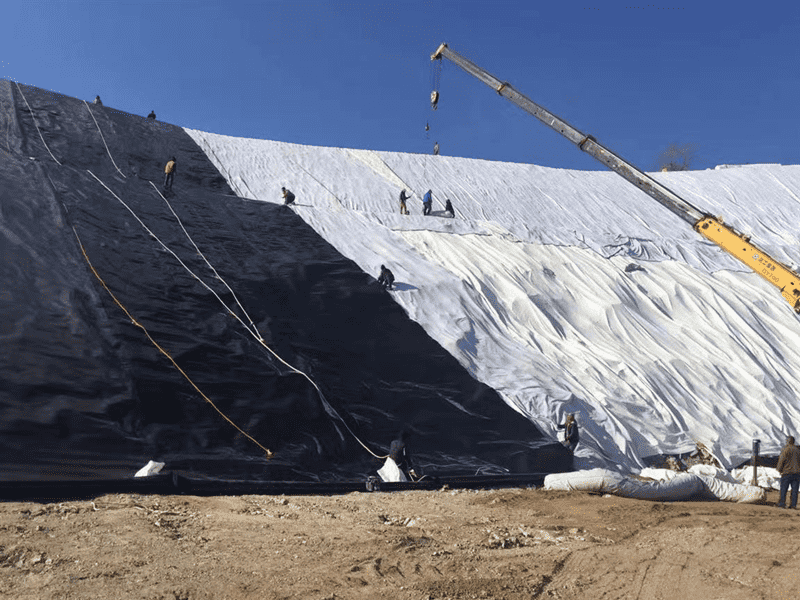
5. Summary
Choosing the right HDPE liner involves careful consideration of several key factors. Determine the appropriate thickness based on your project’s needs. Evaluate the material quality to ensure durability and performance. Consider the installation method and assess the environmental conditions to select a liner that will withstand long-term use. Consulting with experts ensures that you choose a liner that meets industry standards and complies with local regulations. By selecting the right HDPE liner, you can ensure efficient containment, environmental protection, and long-term performance.
6. About BPM
BPM’s state-of-the-art factory is in Taian City, Shandong Province, China. We invested over 20 million dollars to improve facilities and working conditions. Our geomembrane factory uses advanced machines and production lines. This ensures high quality, fast delivery, and competitive costs.
BPM Geosynthetics is passionate about geosynthetics. We focus on new product development, enhanced testing, and after-sale service. Our team of over 100 professionals serves clients worldwide.
